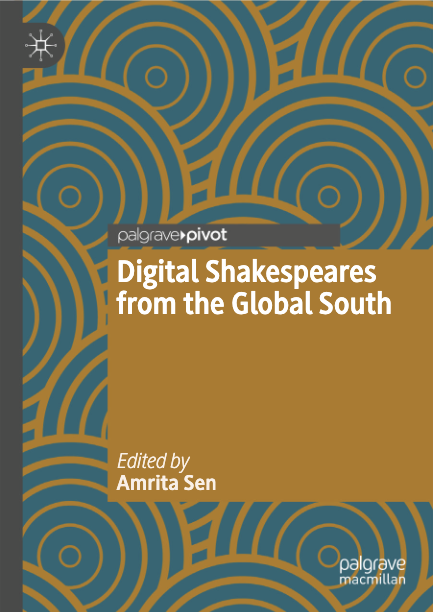“Shakespeare as a Digital Nomad: An Afterword”
Digital Shakespeares from the Global South, ed. Amrita Sen (New York: Palgrave, 2022), pp. 93-104.
In a scene in Armenian-Iranian director Varuzh Karim-Masihi’s film Tardid (Doubt , 2009), an archivist named Siavash is hanging a framed Farsi text, “to be or not to be,” on the wall of a dimly lit basement in modern-day Tehran. He proceeds to contemplate the parallels between his life and Hamlet. The Danish prince’s speech becomes a tangible artifact in this scene. The framed text on the wall is part of the technologies of representation that are rendering Hamlet’s and Siavash’s musings in a palpable form of writing.
The rise of global Shakespeare as an industry and cultural practice—the incorporation of Shakespearean performance in cultural diplomacy and in the cultural marketplace—is aided by digital tools of dissemination and digital forms of artistic expression. Shakespeare has evolved from a cultural nomad in the past centuries—a body of works with no permanent artistic home base—to a digital nomad in the twenty-first century—an artist whose livelihood depends on commissions online and who works from any number of physical locations. The digital sphere is now the most important habitation for global Shakespeare, especially in the era of the pandemic of Covid-19. A nomad may not have a place to call home, but they can also lay claim to any cultural location.
Teaching, learning, and adaptations of Shakespeare have a long history in the Global South, usually mediated through colonial experiences. However, as this book points out, not everyone has equal access to digital tools. These disparities have become even more urgent during the Covid-19 pandemic. To speak of digital Shakespeares in the Global South is to address questions of digital divide. Insufficient bandwidth and access to digital equipment all factor into how digital Shakespeares are experienced in classrooms and homes.
